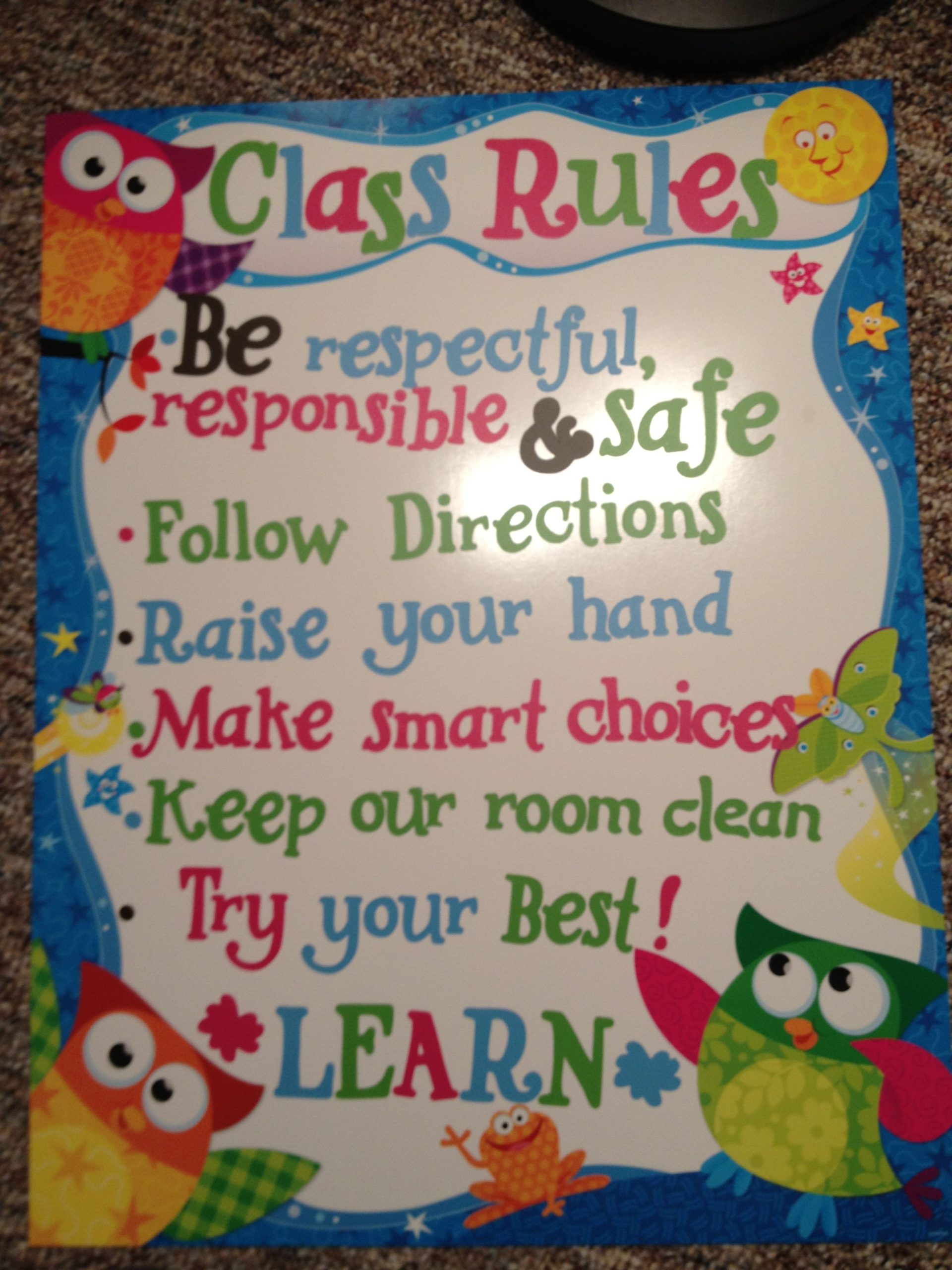Setting classroom rules is a fundamental aspect of teaching that establishes the boundaries and expectations necessary for creating a positive, productive learning environment. The process of making classroom rules should be thoughtful and inclusive, offering students a sense of ownership and responsibility towards their behavior and learning experience.
The Purpose of Classroom Rules
Classroom rules serve several essential purposes. They provide students with clear guidelines on what is expected of them, thus reducing ambiguity and potential conflicts. Rules help to create a safe environment where students feel respected and valued. They also facilitate smoother classroom management by providing a structure within which both students and teachers operate.
Involving Students in the Rule-Making Process
Involvement in the rule-making process can empower students and make the rules more meaningful to them. Teachers can engage students in discussions to brainstorm potential rules, which can lead to a set of guidelines that everyone understands and agrees upon. This collaborative approach encourages students to take ownership of their behavior.
Key Considerations When Making Classroom Rules
When creating classroom rules, several key considerations should be taken into account:
– Clarity: Rules should be clear and specific to avoid misunderstandings.
– Relevance: They should be relevant to the classroom activities and goals.
– Fairness: Rules must be fair and apply equally to all students.
– Enforceability: The teacher must be able to enforce the rules consistently.
– Positive Language: Framing rules in positive language can promote desired behaviors instead of highlighting the negatives.
Examples of Effective Classroom Rules
1. Respect everyone’s ideas and opinions.
2. Raise your hand before speaking.
3. Stay seated unless you have permission to get up.
4. Listen while others are talking.
5. Keep our classroom clean and organized.
Implementing Classroom Rules
After establishing the rules, it is crucial to communicate them effectively. Teachers should:
– Display the rules prominently in the classroom.
– Review them regularly, especially after breaks or when issues arise.
– Use positive reinforcement to encourage adherence to the rules.
– Implement consequences for breaking the rules, ensuring they are fair and consistent.
Revisiting and Adapting Rules
As the school year progresses, it may become necessary to revisit and adjust the classroom rules. Changes in class dynamics or unforeseen challenges can lead to modifications in the rule set. It’s important for teachers to remain flexible and open to adjusting rules as needed for the betterment of class functioning.
Conclusion
Making classroom rules is not just about setting limits; it’s about creating a community where all members feel secure, respected, and motivated to learn. By crafting clear, fair, and positively-framed rules, involving students in the process, implementing them effectively, and being prepared to make adjustments as needed, teachers can establish a foundation for a successful academic year that promotes respect, safety, productivity, and an enjoyable educational experience for everyone involved.





